RME
Analog-to-Digital/Digital-to-Analog Converters
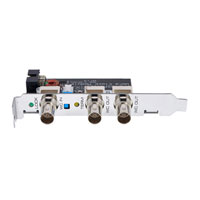
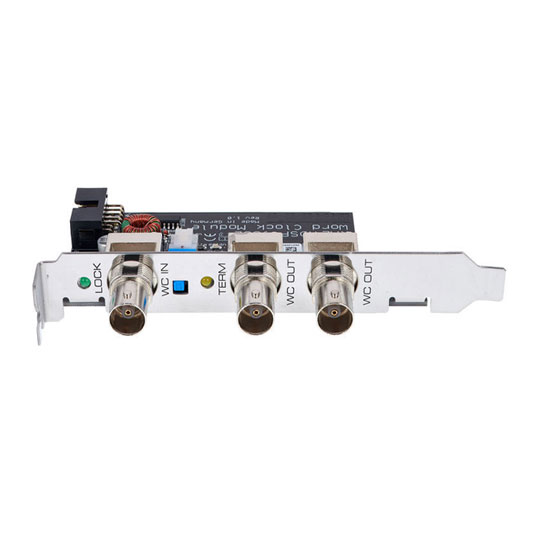
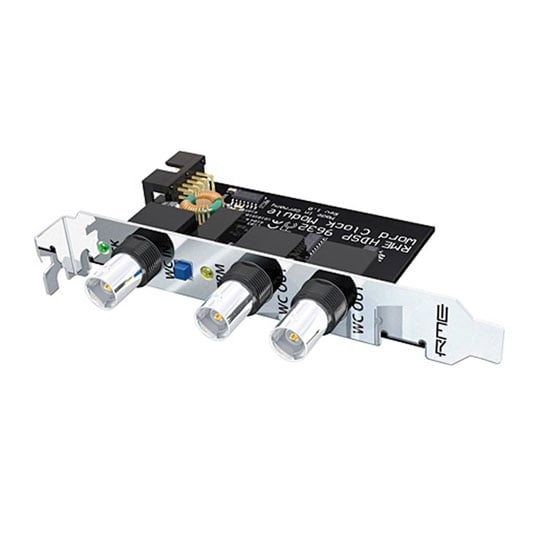
 RME - Word Clock Module for HDSP 9632, RayDAT & AIO BNC 1xBNC In 2xBNC Out
LN117523
No customer review£98.00£5.48 Next day deliveryPre order
RME - Word Clock Module for HDSP 9632, RayDAT & AIO BNC 1xBNC In 2xBNC Out
LN117523
No customer review£98.00£5.48 Next day deliveryPre order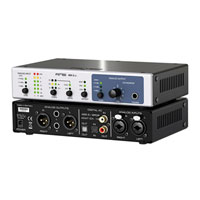
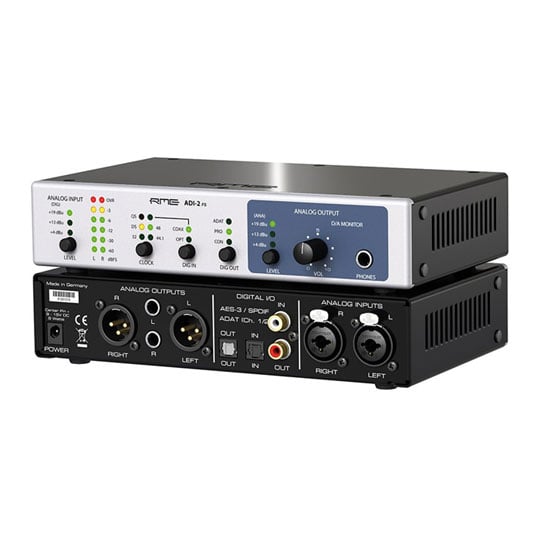
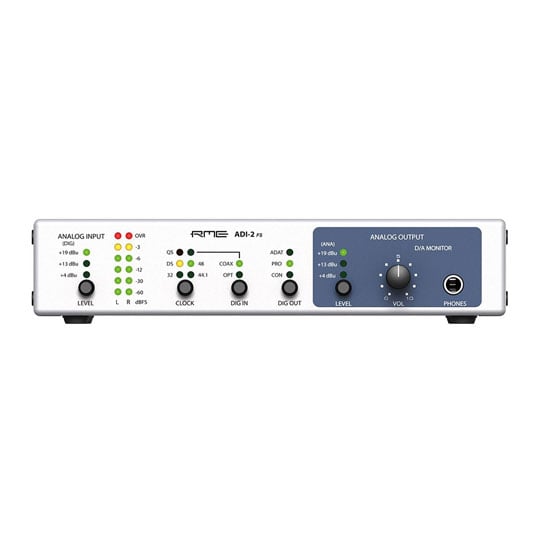
 RME ADI-2 FS Compact & Flexible 2-Channel Hi-End AD/DA Converter, Up to 192 kHz, SPID, ADAT, XLR
LN103095
Customer Review £649.99Free delivery on your entire basketPre order
RME ADI-2 FS Compact & Flexible 2-Channel Hi-End AD/DA Converter, Up to 192 kHz, SPID, ADAT, XLR
LN103095
Customer Review £649.99Free delivery on your entire basketPre order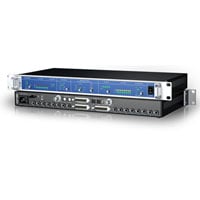
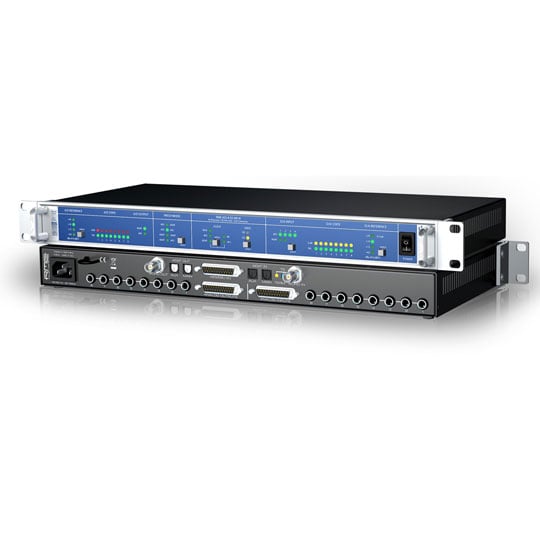
 RME ADI8DSMKIII ,8 analogue input 24Bit, 192 kHz Sample rate
LN49326
No customer review£1,298.00Free delivery on your entire basketPre order
RME ADI8DSMKIII ,8 analogue input 24Bit, 192 kHz Sample rate
LN49326
No customer review£1,298.00Free delivery on your entire basketPre order
Combined DAC & Amp
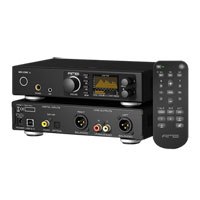
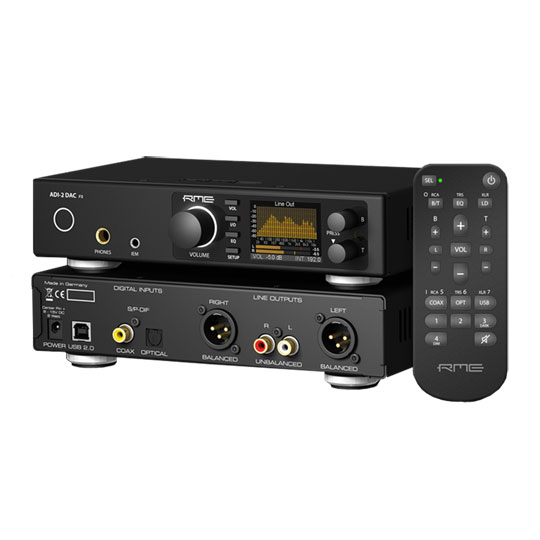
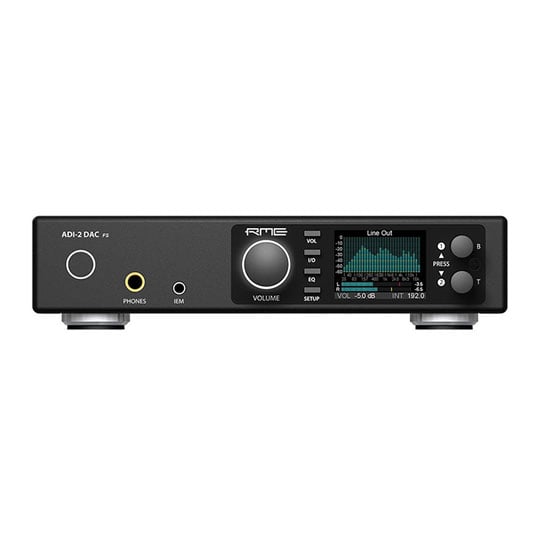
 RME ADI-2 DAC fs - Extreme Power Headphone Amplifier and Reference Class USB DAC, SPDIF Coax and Optical Inputs
LN86745
Customer Review £739.00Free delivery on your entire basketPre order
RME ADI-2 DAC fs - Extreme Power Headphone Amplifier and Reference Class USB DAC, SPDIF Coax and Optical Inputs
LN86745
Customer Review £739.00Free delivery on your entire basketPre order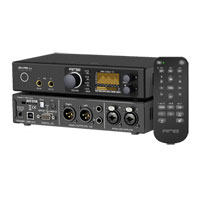
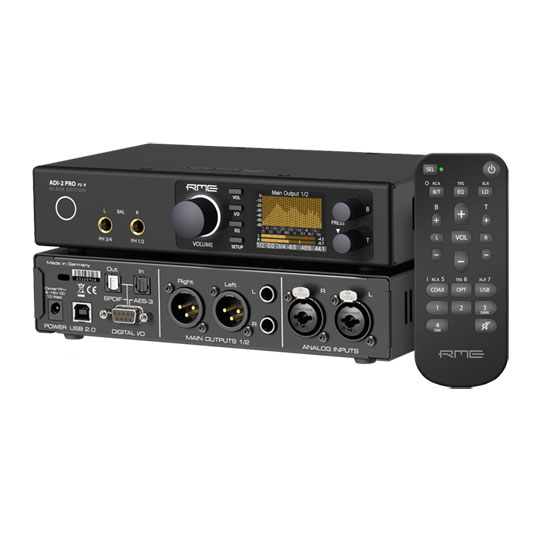
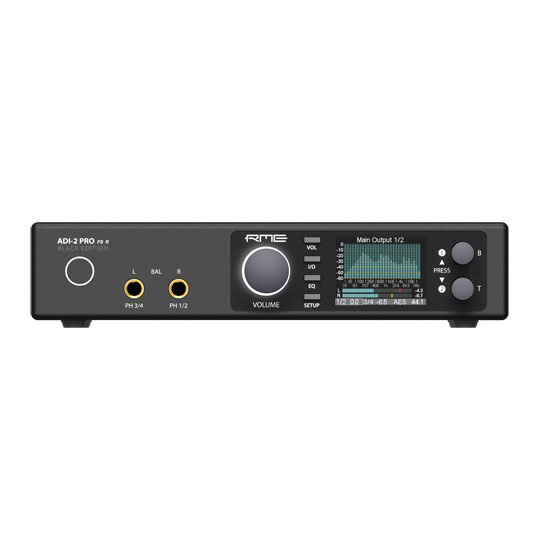
 RME - ADI-2 Pro FS R Black Edition - USB Audio Interface, SteadyClock III, 5-band Parametric EQ, Spectral Analyser,
LN104752
Customer Review £1,379.00Free delivery on your entire basketPre order
RME - ADI-2 Pro FS R Black Edition - USB Audio Interface, SteadyClock III, 5-band Parametric EQ, Spectral Analyser,
LN104752
Customer Review £1,379.00Free delivery on your entire basketPre order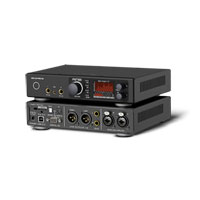
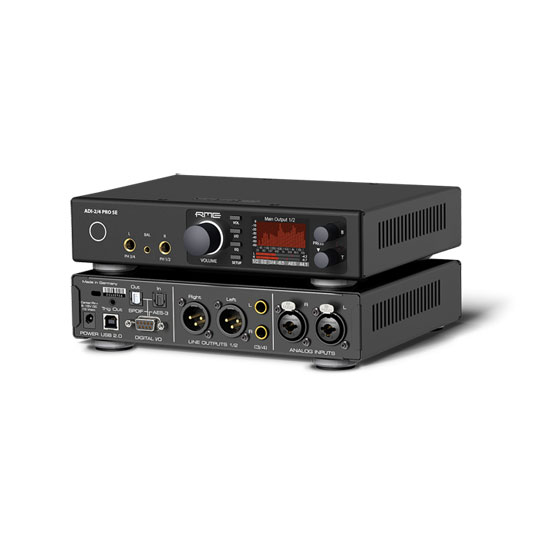
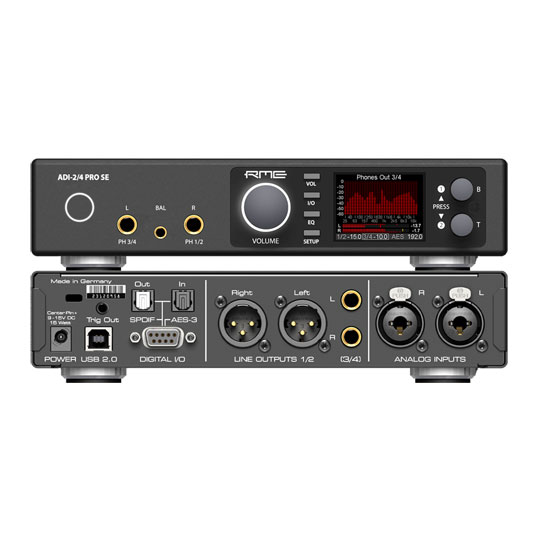
 RME - ADI-2/4 Pro SE, 2-AD/4-DA 768kHz High-Performance Converter, includes Remote Control
LN129914
Customer Review £1,799.00Free delivery on your entire basketPre order
RME - ADI-2/4 Pro SE, 2-AD/4-DA 768kHz High-Performance Converter, includes Remote Control
LN129914
Customer Review £1,799.00Free delivery on your entire basketPre order
Digital Stage Boxes
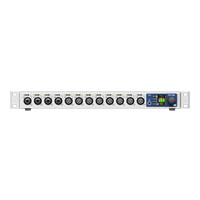
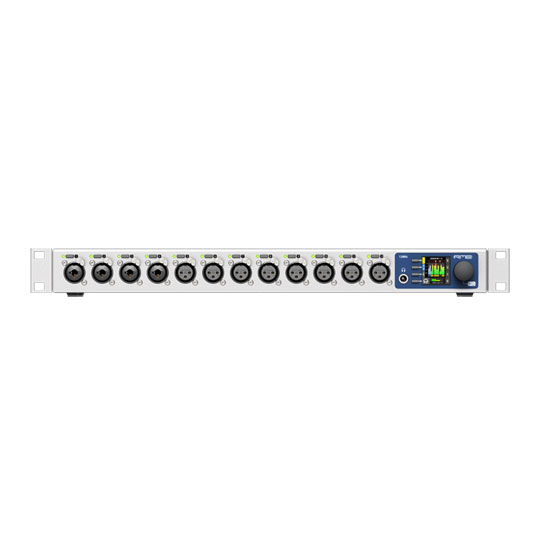
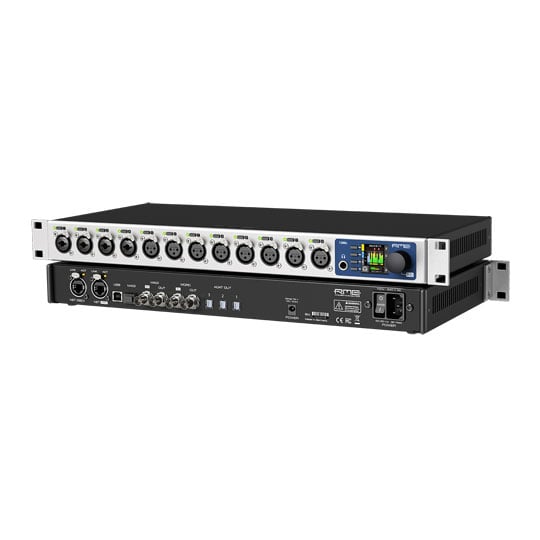
 RME - 12 Mic - Integrated MADI & AVB Connectivity, 75 dB Gain Range, Studio-Quality AD Conversion
LN104749
No customer review£2,024.27Free delivery on your entire basketPre order
RME - 12 Mic - Integrated MADI & AVB Connectivity, 75 dB Gain Range, Studio-Quality AD Conversion
LN104749
No customer review£2,024.27Free delivery on your entire basketPre order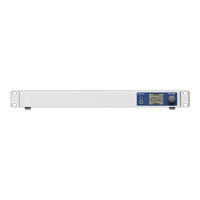
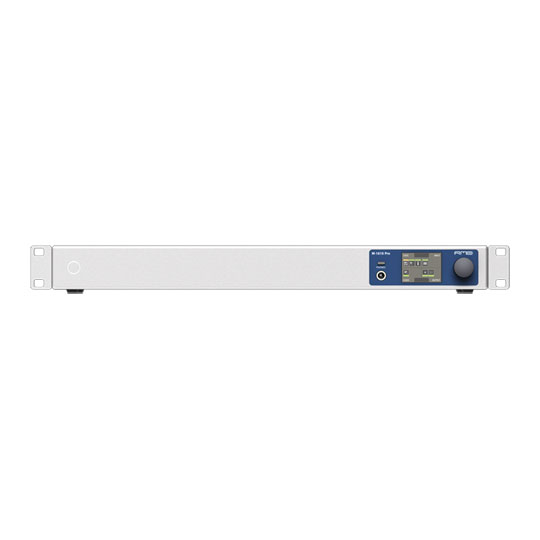
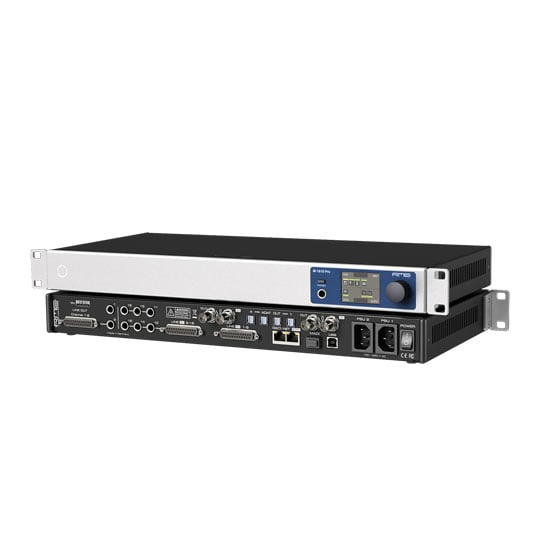
 RME - M-1610 Pro, 16 Analog Inputs, Redundant Power Outputs, AVB, ADAT, Coaxial & Optical MADI
LN104751
No customer review£2,299.00Free delivery on your entire basketPre order
RME - M-1610 Pro, 16 Analog Inputs, Redundant Power Outputs, AVB, ADAT, Coaxial & Optical MADI
LN104751
No customer review£2,299.00Free delivery on your entire basketPre order
PCI / PCIe Audio Interfaces
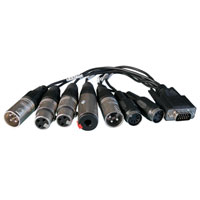
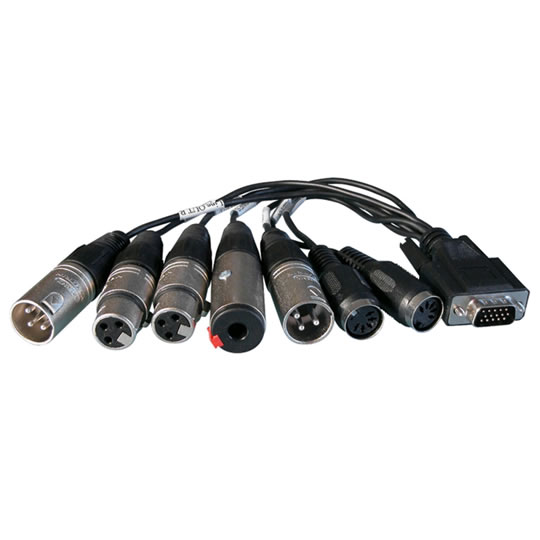
 RME AIO: Analog breakout cable, balanced (BO9632XLRMKH)
LN44928
Customer Review £75.00£5.48 Next day deliveryPre order
RME AIO: Analog breakout cable, balanced (BO9632XLRMKH)
LN44928
Customer Review £75.00£5.48 Next day deliveryPre order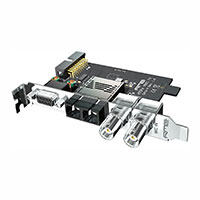
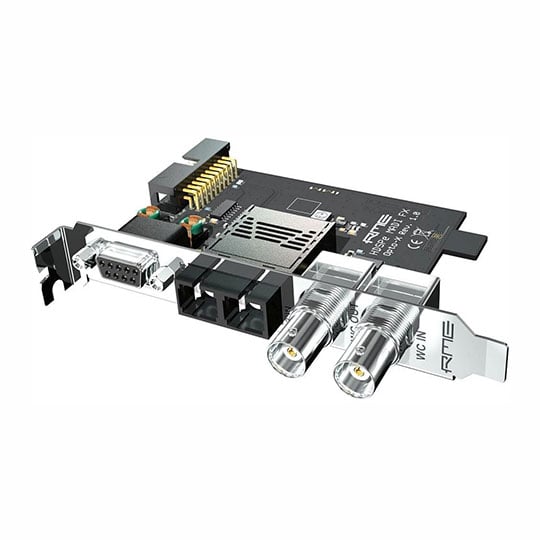
 RME HDSPe MADI FX OPTO-X Expansion Card - Adds Additional Optical MADI I/O To The RME HDSPe MADI FX
LN96389
No customer review£359.00Free delivery on your entire basketPre order
RME HDSPe MADI FX OPTO-X Expansion Card - Adds Additional Optical MADI I/O To The RME HDSPe MADI FX
LN96389
No customer review£359.00Free delivery on your entire basketPre order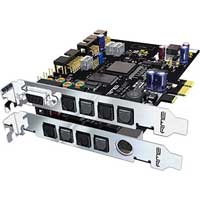
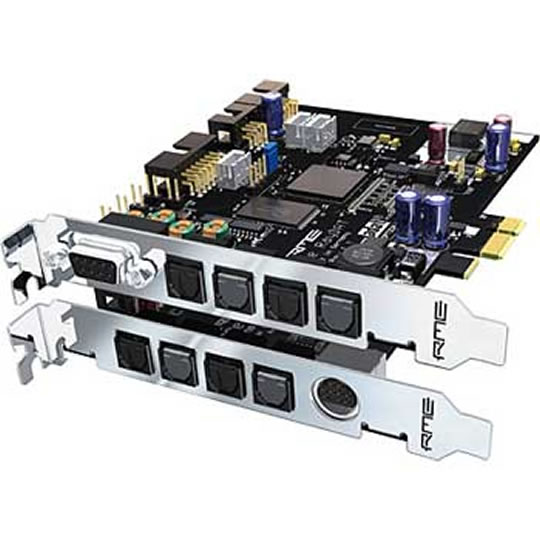
 RME HDSPe RayDAT Audio Interface Card
LN29929
No customer review£579.00Free delivery on your entire basketPre order
RME HDSPe RayDAT Audio Interface Card
LN29929
No customer review£579.00Free delivery on your entire basketPre order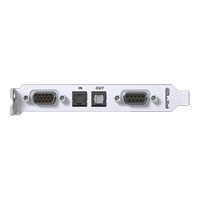
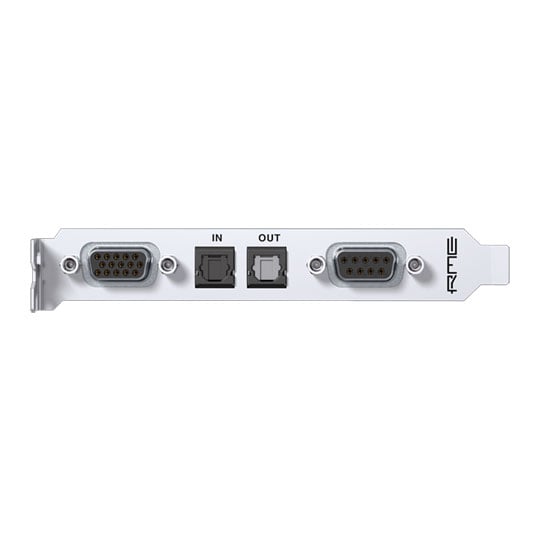
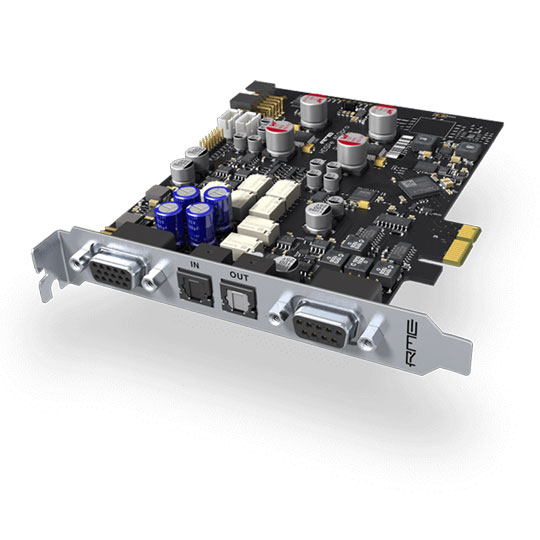
 RME HDSPe AIO Pro 30-Channel PCI Express Card with Multi-Format I/O
LN109955
Customer Review £644.00Free delivery on your entire basketPre order
RME HDSPe AIO Pro 30-Channel PCI Express Card with Multi-Format I/O
LN109955
Customer Review £644.00Free delivery on your entire basketPre order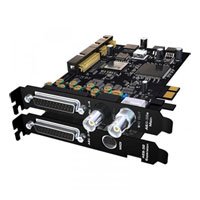
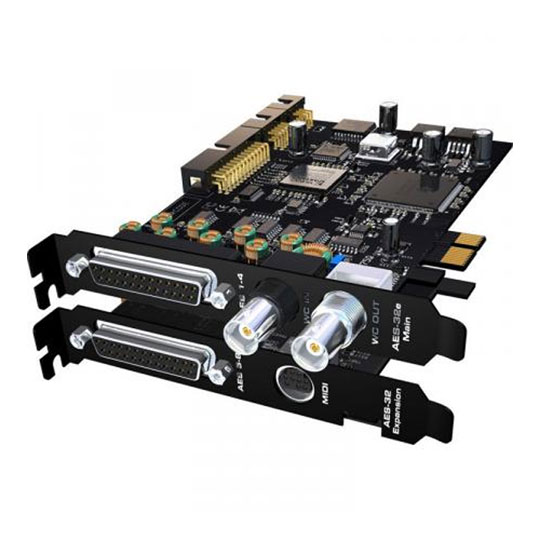
 RME HDSPe AES, PCIe (x1) Interface, 192 kHz, AES Only Digital Interface, 10 Dawbench LLP
LN22626
Customer Review £788.00Free delivery on your entire basket
RME HDSPe AES, PCIe (x1) Interface, 192 kHz, AES Only Digital Interface, 10 Dawbench LLP
LN22626
Customer Review £788.00Free delivery on your entire basket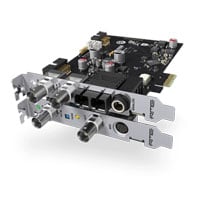
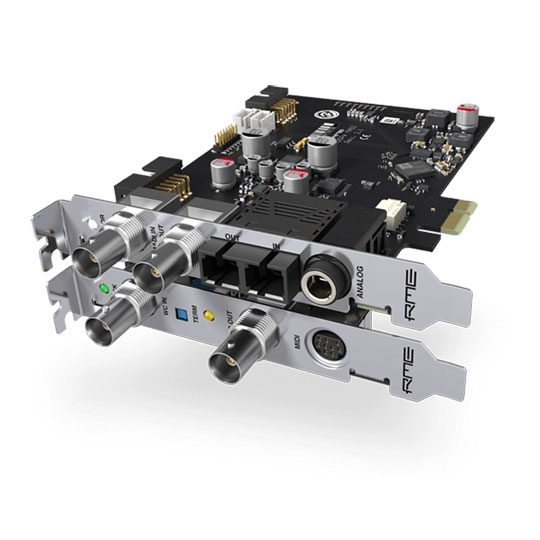
 RME - HDSPe MADI PCI-E Audio Interface Card - 1 x MADI and Word Clock
LN127134
No customer review£1,169.99Free delivery on your entire basket
RME - HDSPe MADI PCI-E Audio Interface Card - 1 x MADI and Word Clock
LN127134
No customer review£1,169.99Free delivery on your entire basket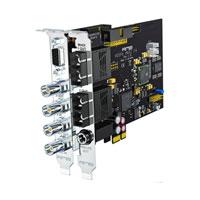
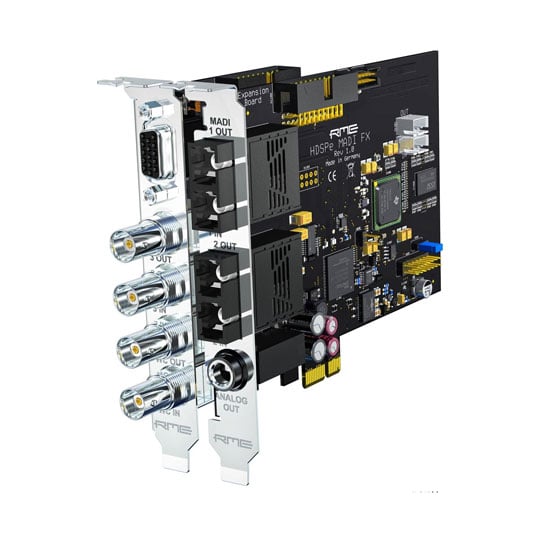
 RME HDSPe MADI FX - 390 Total Channels, 2x MADI I/O PCIe Card
LN49106
No customer review£1,198.00Free delivery on your entire basket
RME HDSPe MADI FX - 390 Total Channels, 2x MADI I/O PCIe Card
LN49106
No customer review£1,198.00Free delivery on your entire basket
Power Supplies & Chargers
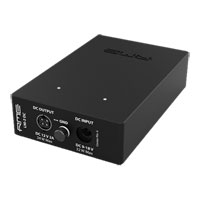
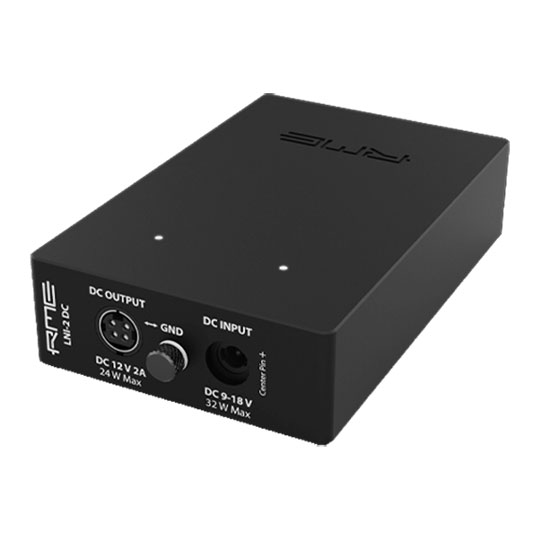
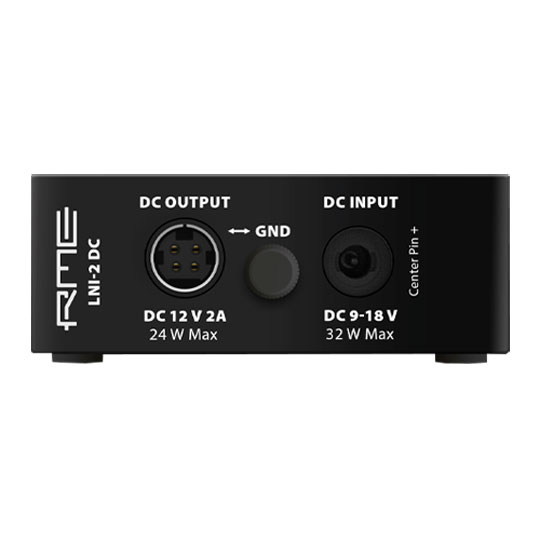
 RME - LNI-2 DC, Low Noise Isolating DC Filter for Isolation, Regulation and Filtering of Output Signals
LN148284
No customer review£498.98Free delivery on your entire basket
RME - LNI-2 DC, Low Noise Isolating DC Filter for Isolation, Regulation and Filtering of Output Signals
LN148284
No customer review£498.98Free delivery on your entire basket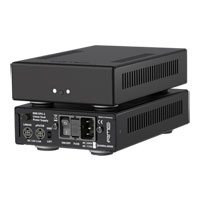
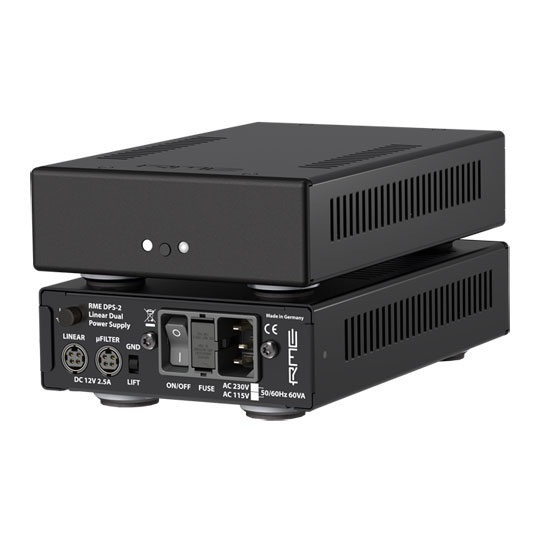
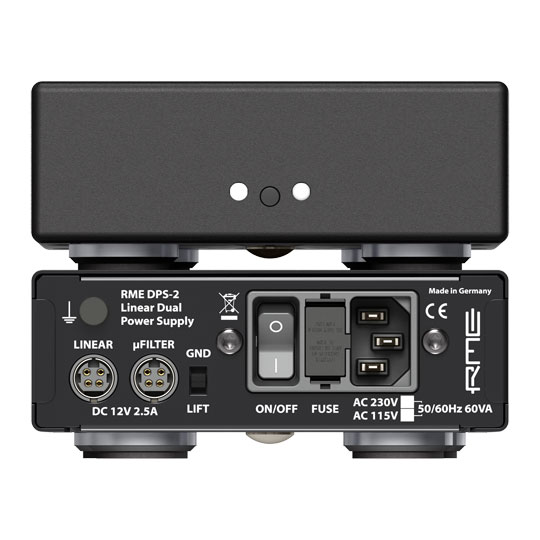
 RME - DPS-2, Linear Super Low Noise Dual Audio Power Supply with µFilter and Sensor Technology
LN148141
No customer review£849.00Free delivery on your entire basket
RME - DPS-2, Linear Super Low Noise Dual Audio Power Supply with µFilter and Sensor Technology
LN148141
No customer review£849.00Free delivery on your entire basket
Pre-Amplifiers
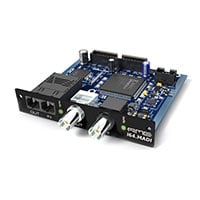
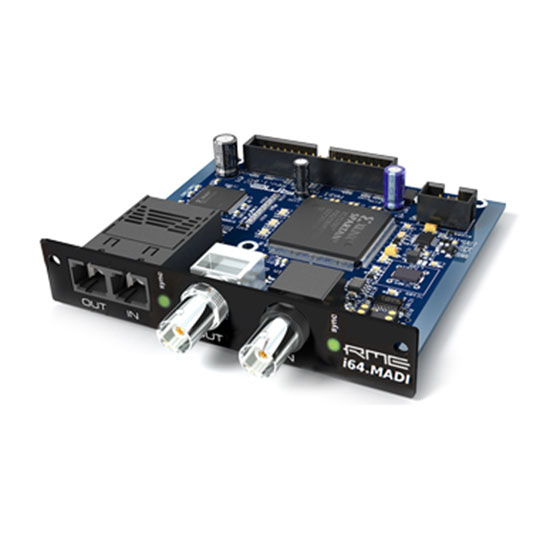
 RME Micstasy I64 MADI Option Card, Provides 64 Channel MADI I/O for Micstasy
LN91001
No customer review£609.00Free delivery on your entire basketPre order
RME Micstasy I64 MADI Option Card, Provides 64 Channel MADI I/O for Micstasy
LN91001
No customer review£609.00Free delivery on your entire basketPre order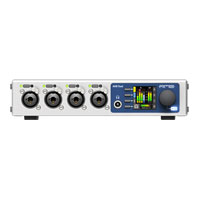
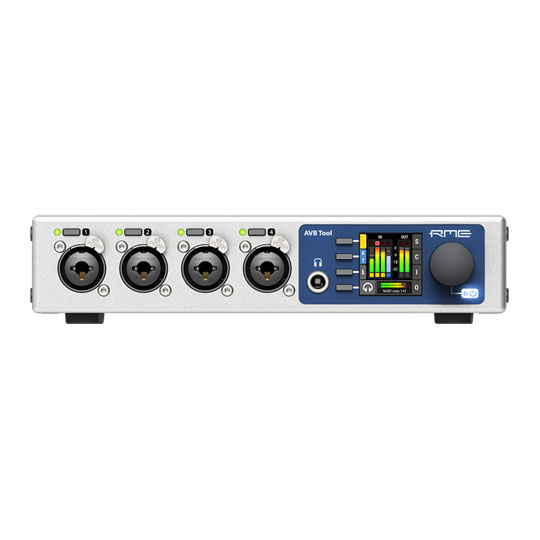
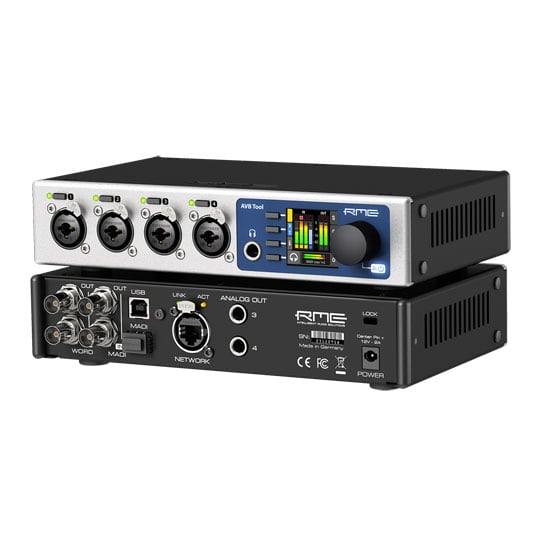
 RME - AVB Tool - 128 channel AVB, four XLR-TRS combo inputs, 128 channels of MADI I/O
LN104750
No customer review£1,325.00Free delivery on your entire basketPre order
RME - AVB Tool - 128 channel AVB, four XLR-TRS combo inputs, 128 channels of MADI I/O
LN104750
No customer review£1,325.00Free delivery on your entire basketPre order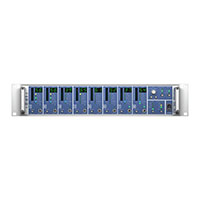
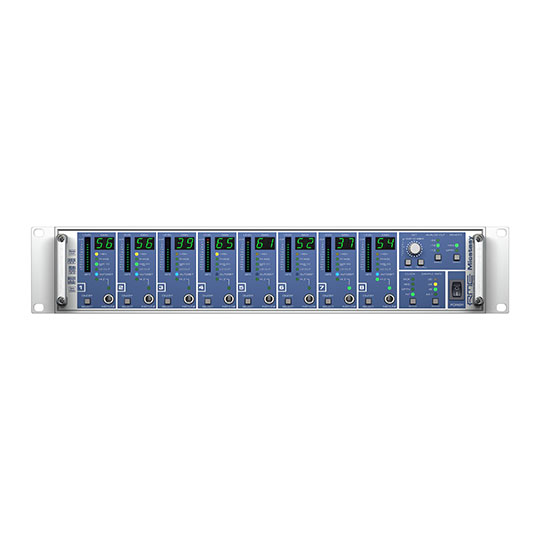
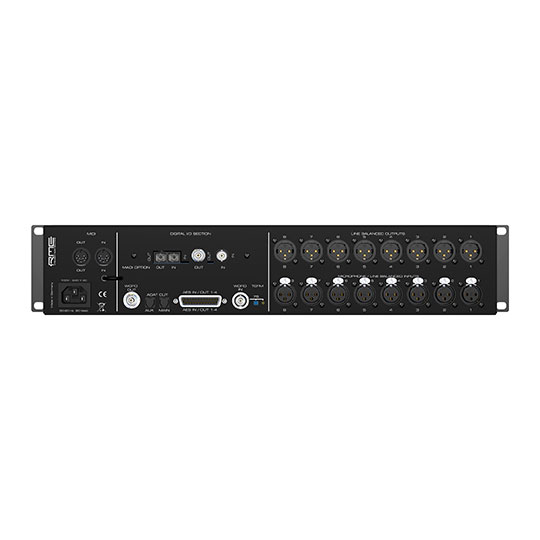
 RME Micstasy 8 Channel Mic/Line Preamp and AD-Converter, Super Low-Noise Microphone Front End, Optional MADI I/O
LN91002
No customer review£3,389.00Free delivery on your entire basketPre order
RME Micstasy 8 Channel Mic/Line Preamp and AD-Converter, Super Low-Noise Microphone Front End, Optional MADI I/O
LN91002
No customer review£3,389.00Free delivery on your entire basketPre order
USB Audio Interfaces
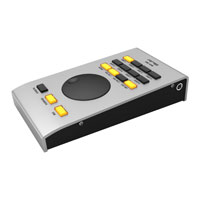
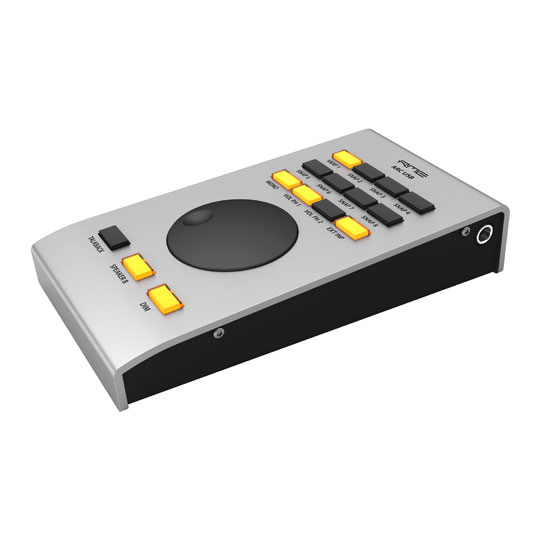
 RME ARC USB Advanced Remote Control, USB 1.1, 15 Assignable Illuminated Buttons, TotalMix FX
LN74555
Customer Review £139.00Free delivery on your entire basketPre order
RME ARC USB Advanced Remote Control, USB 1.1, 15 Assignable Illuminated Buttons, TotalMix FX
LN74555
Customer Review £139.00Free delivery on your entire basketPre order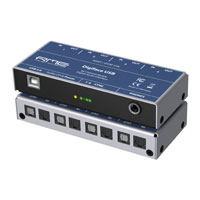
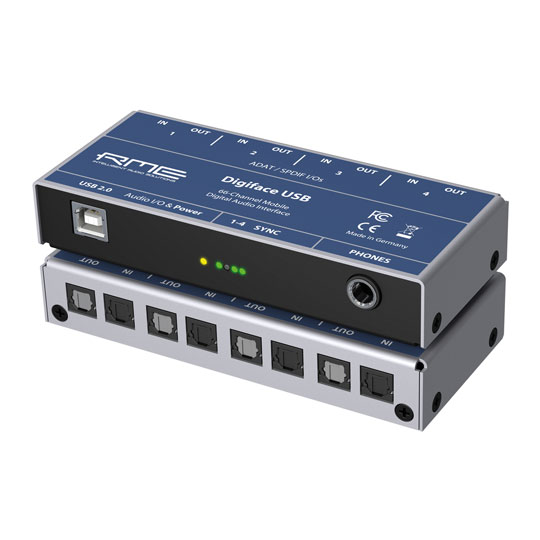
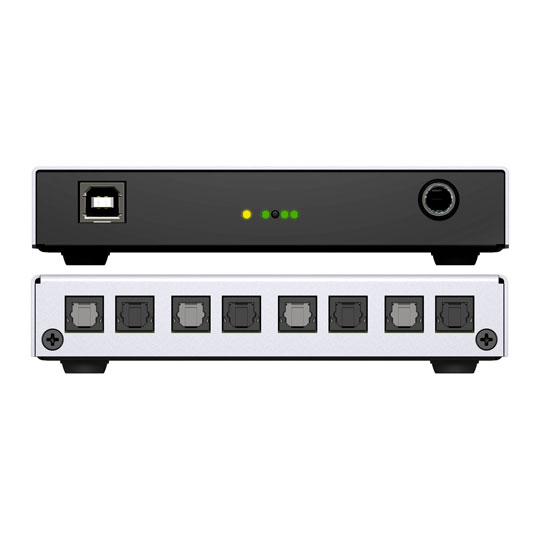
 RME Digiface USB - Bus-Powered ADAT to USB, 66 Channels, 32 In/34 Out, 4x4 ADAT I/O, Phones TRS, Totalmix
LN78447
Customer Review £379.00Free delivery on your entire basketPre order
RME Digiface USB - Bus-Powered ADAT to USB, 66 Channels, 32 In/34 Out, 4x4 ADAT I/O, Phones TRS, Totalmix
LN78447
Customer Review £379.00Free delivery on your entire basketPre order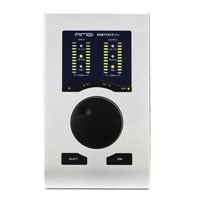
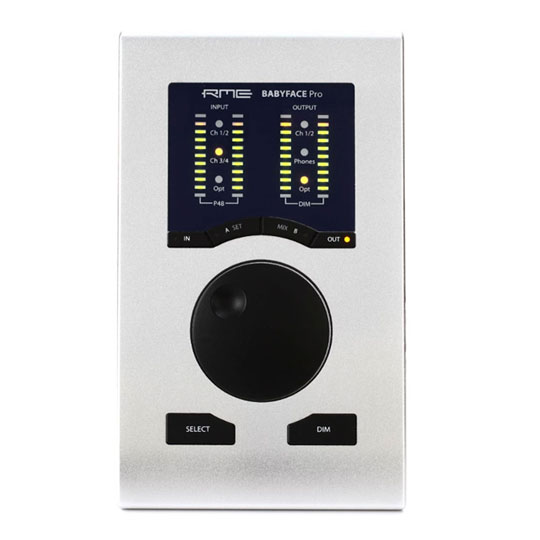
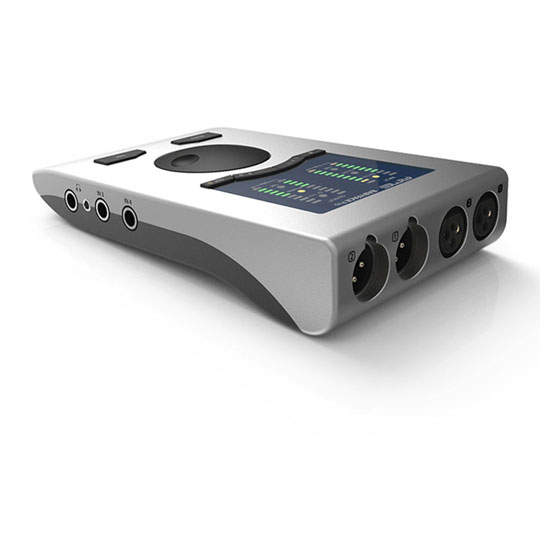
 (Open Box) RME Babyface Pro FS - 12 x 12 USB Audio Interface with MIDI, 2 Mic Preamps, 2 x 1/4" Inputs,
LN124298
No customer review£576.00£5.48 Next day deliveryPre order
(Open Box) RME Babyface Pro FS - 12 x 12 USB Audio Interface with MIDI, 2 Mic Preamps, 2 x 1/4" Inputs,
LN124298
No customer review£576.00£5.48 Next day deliveryPre order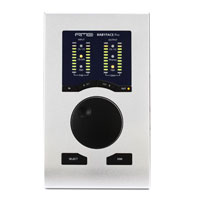
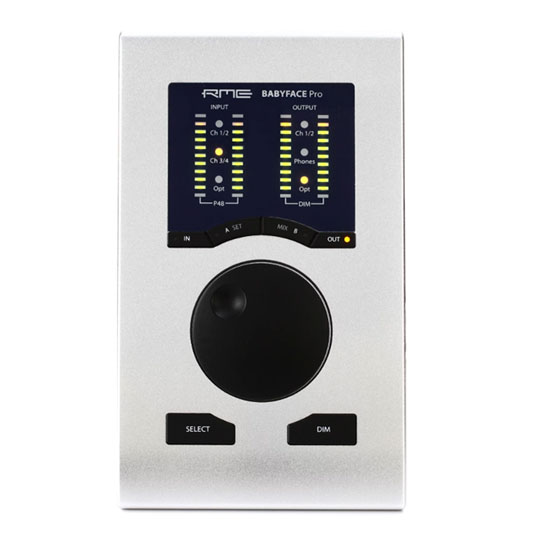
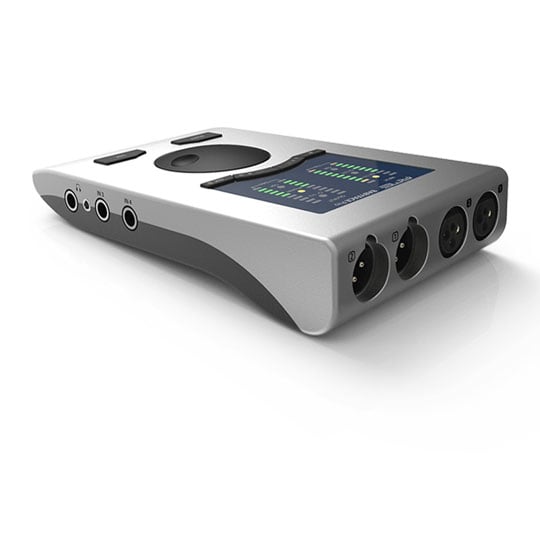
 RME Babyface Pro FS - 12 x 12 USB Audio Interface with MIDI, 2 Mic Preamps, 2 x 1/4" Inputs, 2 Line Outputs
LN103511
Customer Review £629.00Free delivery on your entire basket
RME Babyface Pro FS - 12 x 12 USB Audio Interface with MIDI, 2 Mic Preamps, 2 x 1/4" Inputs, 2 Line Outputs
LN103511
Customer Review £629.00Free delivery on your entire basket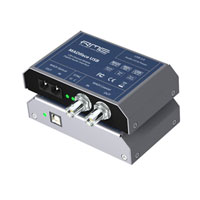
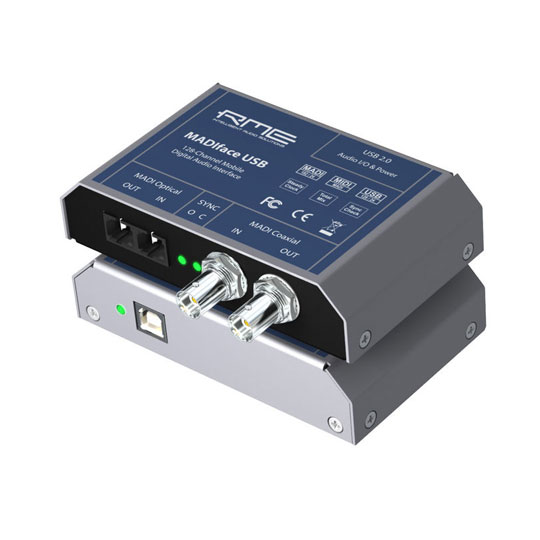
 RME MADIface USB- USB 2.0 - 1x MADI Coax I/O, 1x MADI Optical I/O - Up To 128 Channels @ 48KHz
LN52449
No customer review£711.00Free delivery on your entire basketPre order
RME MADIface USB- USB 2.0 - 1x MADI Coax I/O, 1x MADI Optical I/O - Up To 128 Channels @ 48KHz
LN52449
No customer review£711.00Free delivery on your entire basketPre order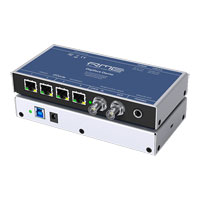
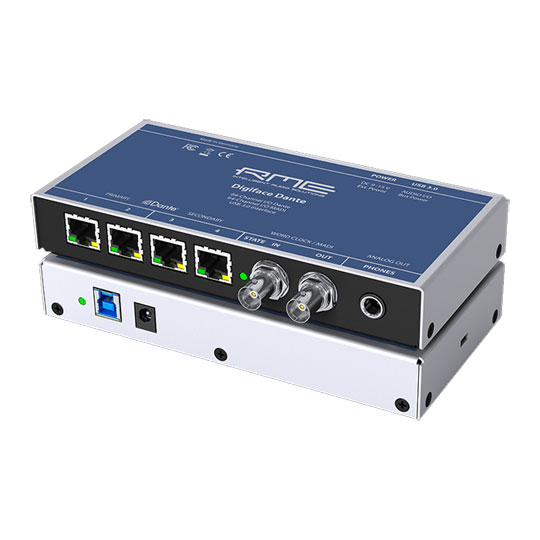
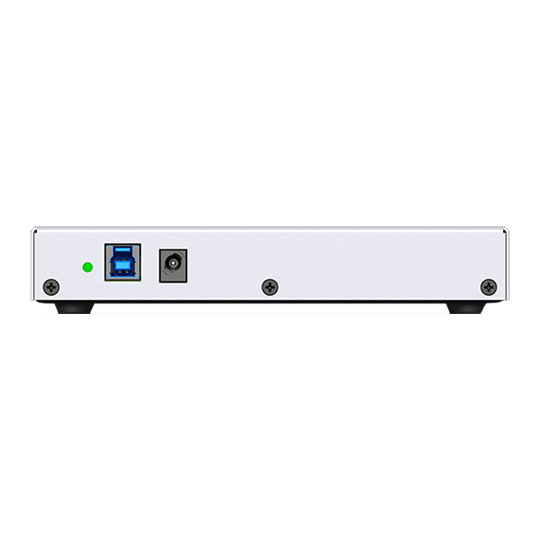
 RME - Digiface Dante - 256 Channel Bus-Powered USB 3 Dante & MADI Interface
LN143107
No customer review£1,079.00Free delivery on your entire basketPre order
RME - Digiface Dante - 256 Channel Bus-Powered USB 3 Dante & MADI Interface
LN143107
No customer review£1,079.00Free delivery on your entire basketPre order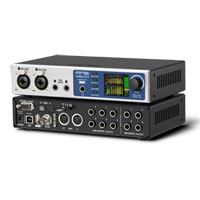
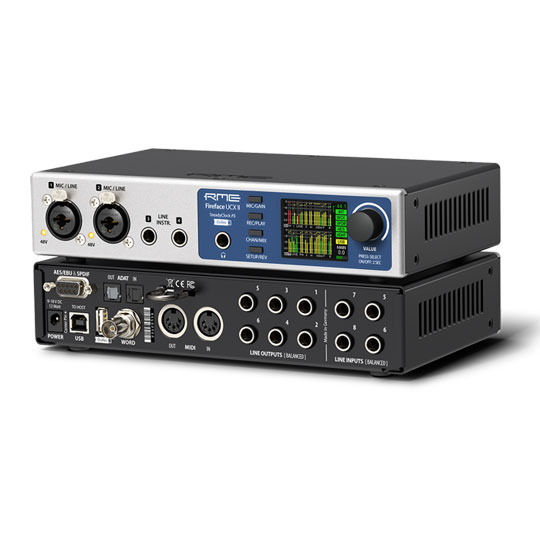
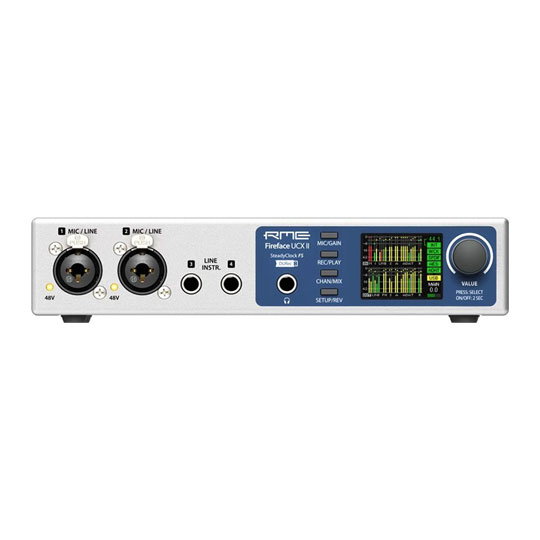
 RME - Fireface UCX II, 20-in/20-out USB 2.0 Audio Interface - Mac/PC/iOS
LN117565
Customer Review £1,150.00Free delivery on your entire basketPre order
RME - Fireface UCX II, 20-in/20-out USB 2.0 Audio Interface - Mac/PC/iOS
LN117565
Customer Review £1,150.00Free delivery on your entire basketPre order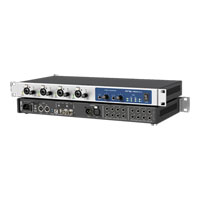
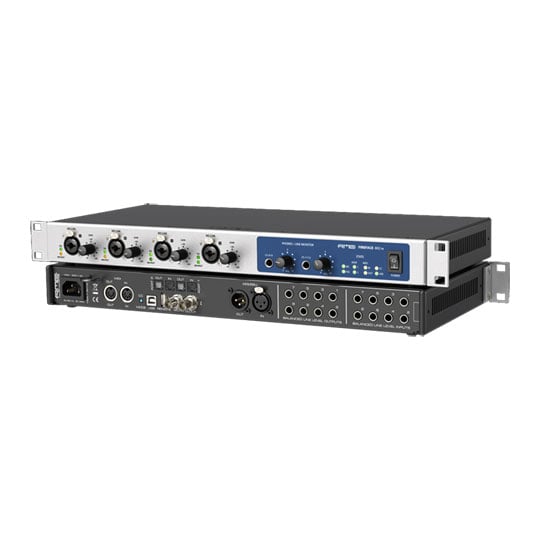
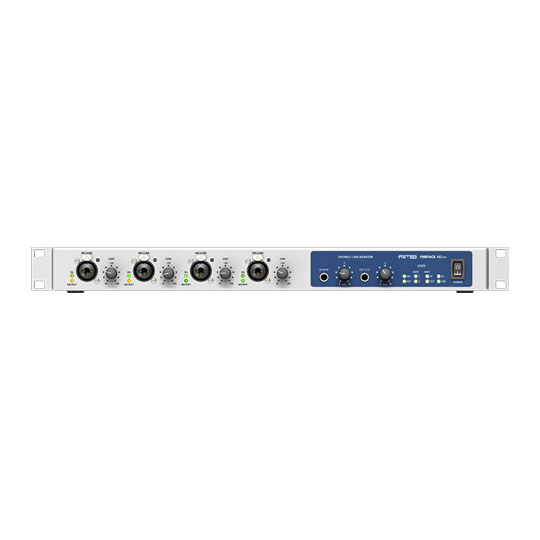
 RME - Fireface 802 FS, 60-Channel High-End 192 kHz USB Audio Interface
LN143075
No customer review£1,469.00Free delivery on your entire basket
RME - Fireface 802 FS, 60-Channel High-End 192 kHz USB Audio Interface
LN143075
No customer review£1,469.00Free delivery on your entire basket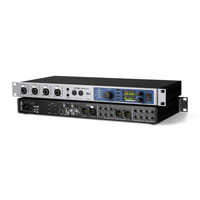
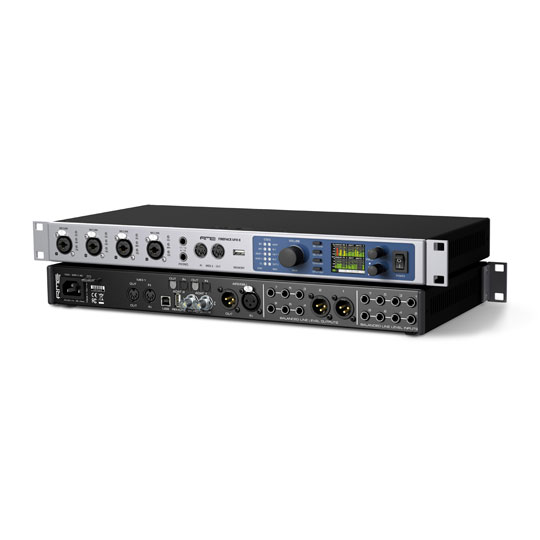
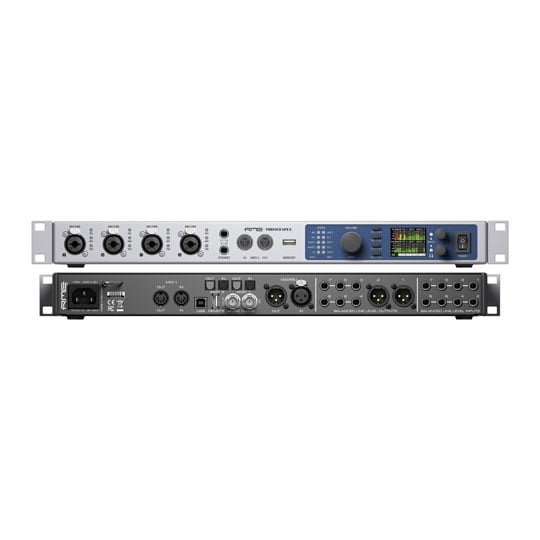
 RME Fireface UFX II FS 30-In/30-Out Audio Interface, 12 Analog, 16 ADAT, 2 AES Inputs, 192kHz
LN78269
No customer review£1,829.00Free delivery on your entire basket
RME Fireface UFX II FS 30-In/30-Out Audio Interface, 12 Analog, 16 ADAT, 2 AES Inputs, 192kHz
LN78269
No customer review£1,829.00Free delivery on your entire basket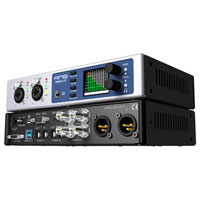
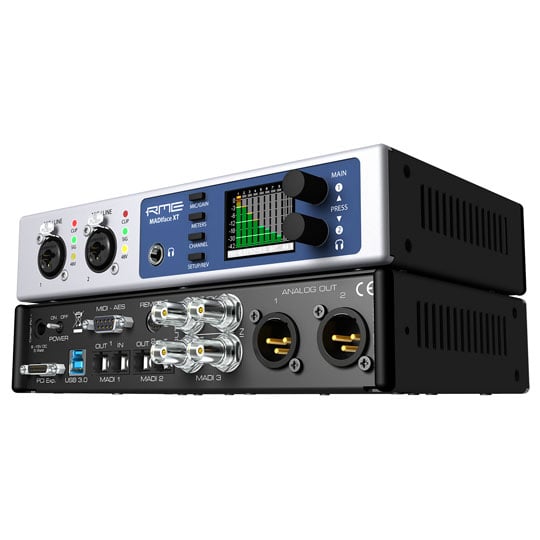

 RME MADIface XT II - 394-Channel Triple MADI USB 3.0 Audio Interface
LN54720
No customer review£1,869.00Free delivery on your entire basket
RME MADIface XT II - 394-Channel Triple MADI USB 3.0 Audio Interface
LN54720
No customer review£1,869.00Free delivery on your entire basket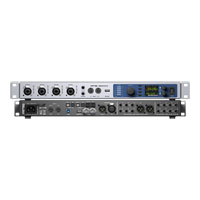
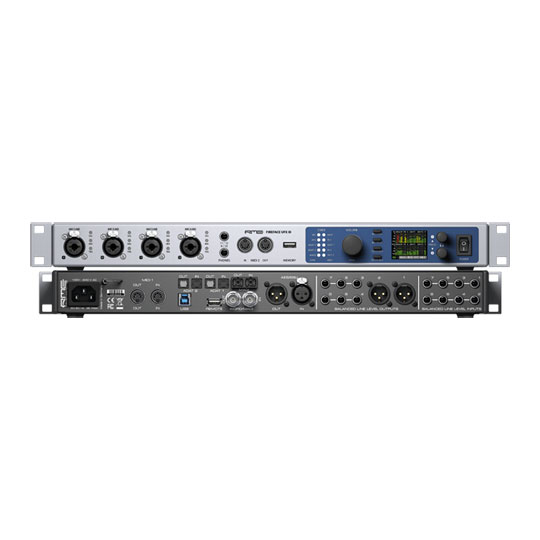
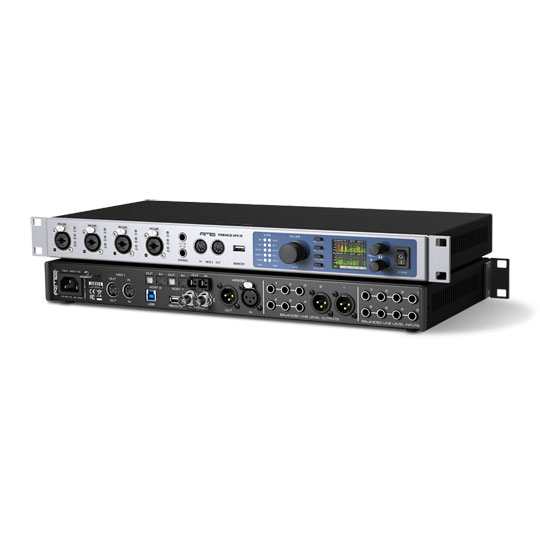
 RME - Fireface UFX III, 94-in/94-out USB 3.0 Audio Interface, 24-bit/192kHz, with 4 Mic/Line Preamps
LN135100
Customer Review £2,099.00Free delivery on your entire basket
RME - Fireface UFX III, 94-in/94-out USB 3.0 Audio Interface, 24-bit/192kHz, with 4 Mic/Line Preamps
LN135100
Customer Review £2,099.00Free delivery on your entire basket